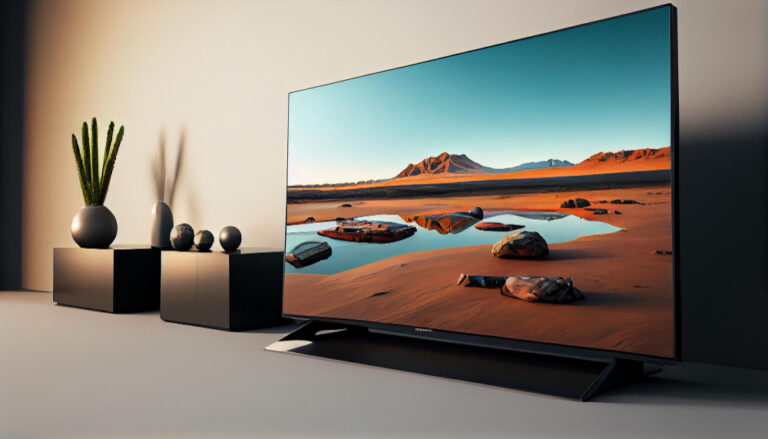Integrating AR into Your Website: Benefits and Best Practices
Capturing and retaining user attention is a constant battle. Static websites, while informative, can struggle to compete with the immersive experiences offered by social media and interactive platforms. This is where augmented reality on the web takes in, offering a revolutionary way to directly bridge the gap between the digital and physical on your website.
What is Augmented Reality (AR), and how can it be used on websites?
AR overlays digital information onto the natural world through a user’s camera, creating an interactive and dynamic experience. Imagine virtually trying on clothes before purchasing, exploring furniture placement within your home, or visualizing complex scientific models in 3D – all within your browser. Web-based AR frameworks have made this possible, allowing developers to seamlessly integrate AR experiences directly into websites without requiring app downloads.
Benefits of Integrating AR into Your Website:
1. Enhanced User Engagement and Interaction
AR transforms passive website browsing into an active and engaging experience. Users can interact with digital objects, manipulate them in real-time, and better understand your product or service. This increased engagement translates to longer dwell times, higher conversion rates, and improved brand recall.
2. Bridge the Void between Online and Offline Shopping
For e-commerce businesses, AR allows customers to try on clothes virtually, see furniture scale within their homes, or visualize artwork on their walls. This reduces purchase anxiety and increases confidence in online purchases, leading to higher sales and customer satisfaction.
3. Personalized and Immersive Experiences
AR personalizes the user journey by allowing them to interact with content relevant to their interests. Imagine a website recommending furniture based on scanned room dimensions or suggesting clothing based on your body type and preferences. This level of personalization fosters deeper connections and brand loyalty.
4. Stand Out from the Crowd
Augmented Reality (AR) presents a distinctive and innovative approach to setting your brand apart amidst a sea of similar websites. Early adopters of this technology gain a competitive edge by showcasing their commitment to cutting-edge technology and providing an unforgettable user experience.
5. Improved Accessibility and Information Delivery
AR can be a powerful tool for education, healthcare, and other information-intensive industries. Complex concepts can be visualized in 3D, making them easier to understand and remember. Additionally, AR can provide interactive overlays on real-world objects, offering additional information and enhancing the learning experience.
Best Practices for Integrating AR into Your Website:
1. Start with a Clear Purpose
Before developing, define the purpose of your AR experience. What problem does it solve? What value does it offer to users? Align your AR experience with your overall marketing goals for a focused and impactful implementation.
2. Prioritize User Experience
AR is not just a gimmick but an extension of your user experience. Ensure your AR experience is intuitive, user-friendly, and optimized for different devices and browsers. Prioritize smooth performance and avoid overwhelming users with too much information.
3. Focus on Quality Content
Your AR content is the heart of the experience. Invest in high-quality 3D models, engaging visuals, and clear instructions to ensure users interact positively and informally.
4. Make it Mobile-Friendly
With over half of all web traffic from mobile devices, ensure your AR experience is accessible and optimized for smartphones and tablets. Test functionality on different screen sizes and operating systems for a seamless platform experience.
5. Track and Analyze Results
Just like any marketing initiative, track user engagement and analyze the impact of your AR experience. Use data to understand how users interact with the AR elements, identify areas for improvement, and refine your expertise for better results.
Conclusion:
Integrating augmented reality on the web presents a unique opportunity to engage your audience, personalize the user journey, and stand out. By following these best practices and focusing on user-centric design, you can leverage AR’s potential to create a truly memorable and impactful online experience. Remember, AR is still evolving, so stay curious, experiment, and embrace the possibilities this innovative technology offers to shape the future of your website and brand interactions.







